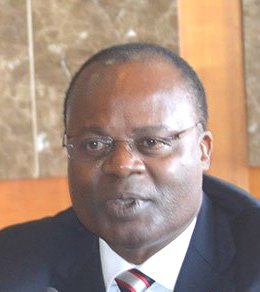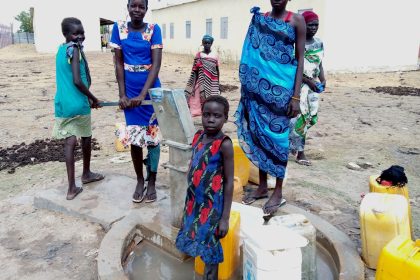Overseers of East African payments platform look to expand
 Kasekende said the plans are in advanced stages.
Kasekende said the plans are in advanced stages.
August 5—East African Community (EAC) central banks are planning to integrate the regional payments platform with other African systems to lessen the frustrations and costs involved in continental financial transactions that often hinder business. The EAC comprises of Burundi, Kenya, Rwanda, South Sudan, Tanzania and Uganda.
Bank of Uganda deputy Governor, Dr. Louis Kasekende said recently, “With that system in place, Ugandans will be able to receive money from any African country on the continent, sent in any currency on their mobile or bank account in Uganda. This will supplement the African trade and further support the growth of the continental enterprises.”
The East African Payments System (EAPS) allows for the instant transfer of funds within the EAC, with the money being transferred in the currency of the destination country. Basically, EAPS links the Real Time Gross Settlement Systems (RTGSs) of the EAC member countries and has been operating for the past five years.
While speaking last week at the official launch of the Absa Group Small and Medium Enterprises Academy (SME) in Kampala, Kasekende said the plans by the EAC central banks to strengthen continental links are in advanced stages.
According to SWIFT, the international network for payments, a substantial and growing proportion of intra-Africa trade, is being covered by more use of regional currencies. The further development of regional payments systems denominated in local currencies will support this shift. Equally, African central bankers will continue to promote the use of their local currencies.
Late last year, in a report, the Centre for Financial Regulation and Inclusion said the current landscape for cross-border payments in sub-Saharan Africa is dominated by correspondent banking relationships. However, as regions integrate economically and promote open trade among member states, maintaining fragmented national payment systems can become a hindrance to larger goals of economic development and cooperation.

 African Heads of state head to South Korea next week for Summit talks
African Heads of state head to South Korea next week for Summit talks
 Trading leads as main source of income for Ugandans
Trading leads as main source of income for Ugandans
 Unpacking results-based financing: balancing strengths with weaknesses
Unpacking results-based financing: balancing strengths with weaknesses
 Women social entrepreneurs offered chance to visit New York
Women social entrepreneurs offered chance to visit New York
 Why and how economics must change
Why and how economics must change
 Stanbic Bank Uganda Chief Executive elevated to regional role in Nairobi
Stanbic Bank Uganda Chief Executive elevated to regional role in Nairobi
